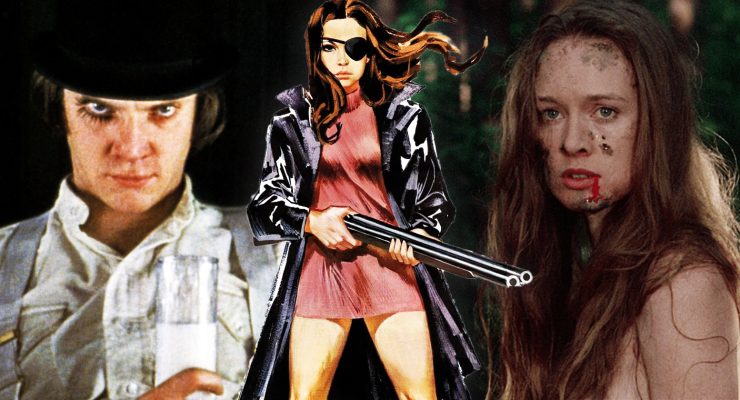Matt Smith reviews the season finale of Elementary…
Whenever a producer reboots a character or a concept it’s all about new beginnings. Starting from the beginning and trying to make something new out of something old. The important thing that people sometimes forget, however, is to have a great ending as well.
Things aren’t looking good for Sherlock Holmes. He’s been shot and is being faced down by his adversary. Could this be the end of Sherlock Holmes? He’s looking shaky, although not as much as the camera movement. Moving around as if the cameraman was using one hand, sometimes the concept of framing went out the window. Fortunately the script wasn’t as shaky, despite the first scene consisting entirely of questions and exposition. Exposition is an enormous part of the Sherlock Holmes world, so it’s no surprise they had to have some to explain how Irene Adler became Moriarty. But apart from the cliché ‘I have eyes and ears everywhere’ line, the episode pulled it off in terms of giving something old a twist and giving us the unexpected.
Amidst all that, as part of the games Moriarty likes to play and puzzles Holmes likes to solve, he’s given clues. And hope is not lost if Sherlock Holmes has a clue to work with. But are these clues given by the programme, or just hope given to him by Moriarty to continue the game? All the possibilities, all the fantastically convoluted plots that all tie together, can it all be solved in under an hour? From the outset it seems much more likely a cliffhanger is in order. Which would be appropriate considering the antagonist.
But we’ve seen so many things end so quickly. Irene Adler came to an end, vanished in an instant. Cases all end in one episode, apart from the case of Moriarty. But now Holmes has a face to a name, the only thing that can stop him seems to be himself.
Plagued by the choice of opiate distraction and relief, or walking around with the immense distraction and pain of a gunshot, Holmes has to fight seemingly insurmountable pressure to defeat his nemesis. The same as always, he has to work with almost nothing (sometimes less than nothing) to solve the case.
And it’s the same old Holmes-Moriarty relationship we’re used to seeing. They’re the same except Moriarty’s more diabolical. They both have a respect for each other, which sometimes comes across as perhaps too much. In this case the respect manifests itself with an actual relationship and the creation of the Irene Adler persona. This latter point is another example of the show’s producers creating something fantastic twist out of what’s old, making the betrayal and plot Moriarty has concocted that much more personal for Holmes and for the audience.
But in the end, just like the beginning, it’s a classic Holmes play but with a twist. Just like Moriarty, the show and Holmes make us believe one thing and suddenly reveal something else. Something that’s fitting and unexpected all at once. And that, I think, is the mark of a good ending.
Matt Smith – follow me on Twitter.











